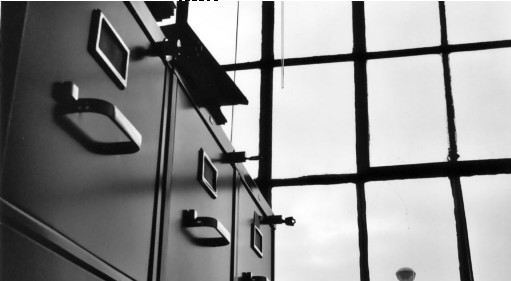Organizations require efficient management in order to perform needed daily tasks. And management information systems (MIS) are the computer-based tools that provide companies with the flow of information they require. Not only does MIS record information, but it also enhances employee communication and allows complex information to be delivered to all departments in an organization.
MIS also ensures that expenses which are created as the result of manual labor are reduced and save a company money.
The History Of MIS
The concept of MIS actually began in the 1960s, when mainframe computers, which filled an entire room were used to computerize company information. Of course, as time went on and computers became smaller, the mainframe computer was used for large volume data storage. Even today, it is estimated that ninety percent of the data that businesses need is stored on these mainframe computers.
Interestingly, although most of the business community had declared that the mainframe computer was extinct with the advent of smaller personal computers, sales of mainframe computers experienced a surge in the 1990s when the price of these systems came down and businesses discovered their continuing need for these powerful computers.
The Structure Of The MIS
A management information system, or MIS includes not only the physical aspects of software and hardware. It also includes all of the processes involved in ensuring that the flow of information is managed efficiently.
A database management system is at the heart of information management. But it also includes a suite of tools that users use to manipulate the information they find there. One example of this type of tool may be one that provides an option to export data to a spreadsheet program, where further manipulation of data may occur.
Types of MIS
There are several different kinds of management information systems. When employees are needed to complete other tasks, an artificial intelligence system may be introduced. This type of MIS is able to troubleshoot issues much in the same way a human might. Not only does this type of MIS help solve issues; it also explains to the user how it arrived at its conclusions.
Another kind of MIS is the Decision Support System, or DIS. This is a user-friendly type of MIS which doesn’t require highly-skilled individuals to operate it. Instead, it allows the manager of an organization to get the information needed to make informed decisions.
This particular type of MIS has three components which allow for the storage and transformation of information, as well as a system which generates dialogue so that employees can communicate about the information being managed.
The transaction MIS may be the oldest type of system that is still in use today. These systems can be found in banks, which use the system to keep records of their customers’ withdrawals and deposits. Retail stores also use these types of systems when the time comes to complete inventory. The operations MIS allows large amounts of data to be organized.
It works in conjunction with the transaction MIS and allows managers to easily view, manipulate and use large amounts of data.
What Good Management Information Systems Do
The goal of any MIS, according to official definitions is to provide an objective means of aggregating information and then recording it. As well, a good MIS will have a supportive role where a company’s vision and strategic goals are concerned.
An MIS can be even more useful when used as a tool. For example, MBO or management by objective tools help both management and staff to define desired objectives for staff to meet. These objectives must have the following necessary elements in order for them to be achievable: they must be realistic, time-specific, measurable, specific and agreed upon by all.
Designing an MIS
There are many factors which contribute to MIS design. Not only is there cost to consider, but the number of users is also an important item. As well, ease of new component integration into the existing system will also need to be considered. The amount of information needing to be processed, as well as what kind of information is being processed are two more considerations of many when designing an MIS.
Companies should consider that any hardware they purchase for the construction of an MIS will become outdated quickly. However, they must also ensure that there is enough power to complete their needed information management tasks, and that no space goes unused.
While there is a lack of human input with management information systems, the fact remains that the computer does do a large portion of the work. However, the MIS has yet to be able to quantify many types of information accurately, such as how an employee’s performance is evaluated.
Guest author Renee Sampson writes on a variety of topics related to business. She recommends www.hostingandbackup.com as a resource for small business owners looking to develop an online presence.

